Why regular batteries cannot be charged, but rechargeable batteries can - a simple answer
Finger or pinky batteries seem so similar to a battery! The same contacts and housing, electrolyte inside, liquid, which serves as a source of charge. What's the difference? Why can't regular batteries be charged? The secret is in the chemical composition.
Battery and accumulator - general
So, the general device is clear: liquid is poured into a container, an element rich in negative particles is placed at the bottom, and a positively charged element is placed at the opposite end. Electrons are eager to occupy “positive” places, but the reaction flows weakly - until the contacts are connected. As soon as the circuit is closed (i.e., batteries/accumulator are placed on contacts in some device or simply connected with wires to a light bulb), the reaction becomes intense. Negative particles rush to the anode and stick to it. The reaction lasts, in theory, until the entire supply of negative particles is exhausted.
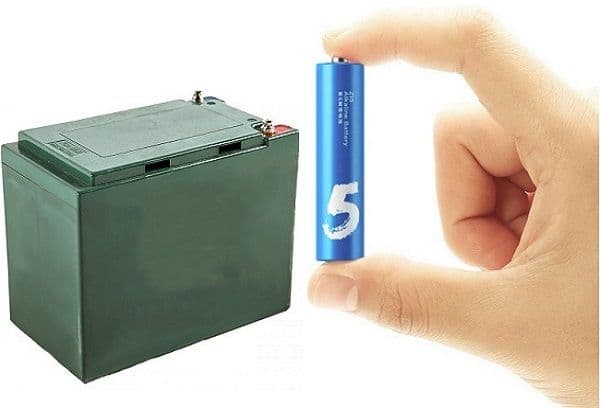
For your information
In practice, especially in cheap batteries, the reaction stops much earlier. The elements are coated with a layer of salts and oxides and isolated.
Differences
The principle of operation is the same for both batteries and accumulators. So what are the differences? In the composition of the liquid and the materials of the cathode and anode.
Batteries are usually alkaline, and their batteries often dissolve during the exchange of electrons. So the chemical process in batteries is irreversible.Batteries use materials that allow the cathode and anode to be restored using reverse current, that is, by changing the plus and minus.
Where did the idea to charge batteries come from?
This idea is not as absurd as it may seem. Yes, if the zinc cathode has dissolved, trying to revive it is stupid. But! Cheap batteries stop working due to oxides, and the chemical resource remains incompletely exhausted. So here it is. Soviet scientists also discovered that if an insulated battery is pierced with a strong current, the “crusts” fly off, the contacts are cleaned, and the reaction resumes.
note
The capacity of finger / little finger batteries is approximately the same, regardless of cost. Why do cheap ones sell out faster? Because their contacts and ionic solution are made of simpler materials.
How to recharge: two experiments
It is impossible to charge the batteries - scientists struggled to clean oxides from the contacts without disassembling the battery. There is no way to reverse the reaction. But to carry out this experiment, you need special equipment, and you shouldn’t do it at home.
What if you put a battery in a battery charger? The magazine purity-en.htgetrid.com strongly advises against doing this: there is a high risk of an explosion.
Why does it explode
Basically, the problem is alkali. If you pass a reverse current through it, it will begin to heat up, releasing gas. And BOOM! The alkali and its reaction products will scatter throughout the room, and fragments of the body will easily burn and injure your hands and face.
But they showed it on YouTube!
Indeed, on YouTube There are videos in which batteries are charged. In essence, this is a way to slightly extend the battery life, nothing more.
How it's done:
- The battery is placed in the charger for approximately 15 minutes.
- Strictly monitor the temperature. As soon as the battery has warmed up to 40 degrees (you can feel it with your palm so that the cool case has become warm) - get out of the device.
This “reanimation” is enough for the battery to last another 5-10 minutes. It is much easier and safer to go to the store and buy new batteries.
The method is effective with cheap elements, but not with expensive ones. Why? Because the latter use higher quality materials, and the electrons are not blocked by oxides, but are consumed to the end, and it will not be possible to rip them back out of the anode. If it were possible, the cell would be called a battery.
Let's summarize. There is no point in charging batteries, especially expensive ones - it’s easier to buy new ones. And safer. If you are concerned about the environment and savings, spend a certain amount one-time and purchase two sets of batteries and a charger. This set will serve you for many years, so you will forget to think about batteries and buying them, especially charging.
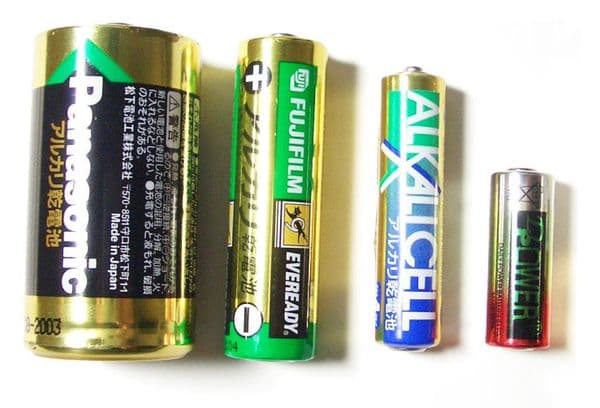
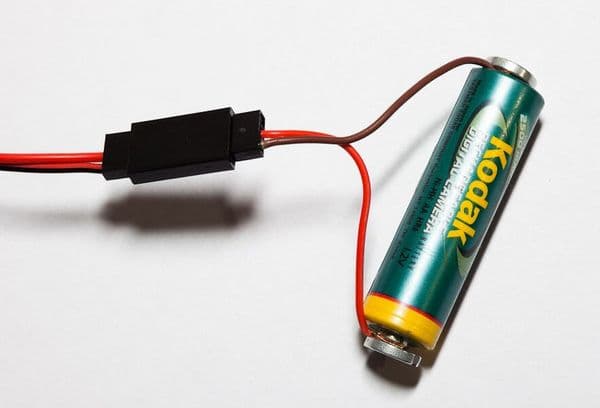
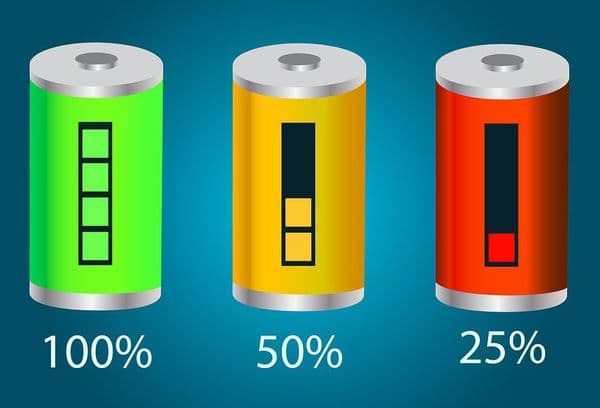
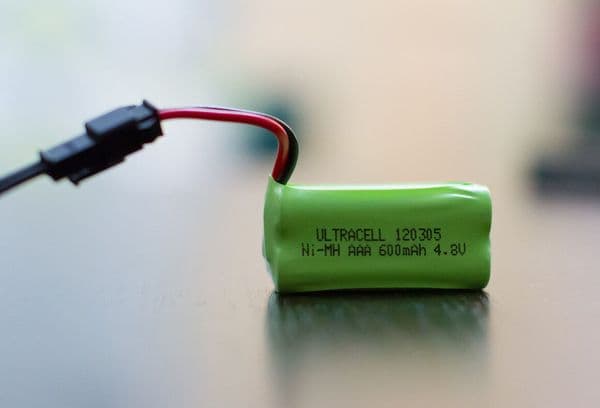
I have been charging batteries (not accumulators) for more than two decades. Yes, the effect is not as significant as we would like it to be, but it is there. But if the voltage and current parameters were observed, there were no explosions.
You write nonsense! Alkaline batteries charge perfectly, contrary to your “theory”, and only last a little less than their first discharge period. For example, I have two GP batteries in my electronic bell. The bell stopped ringing. I take them out and put them on charge, and not for “15 minutes,” but for a day! After expiration, they again produce the same current and voltage and serve almost the same amount until a similar discharge occurs (the bell stops ringing). And so - REPEATEDLY!!! And that's a fact! And your theory...
Great article! Thank you very much for explaining it in such detail